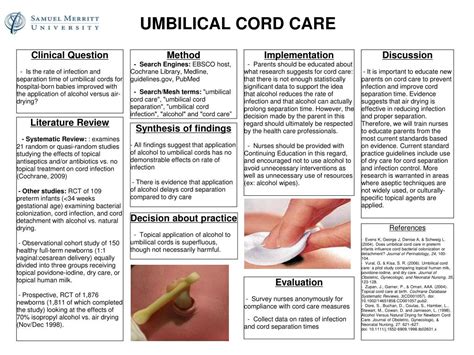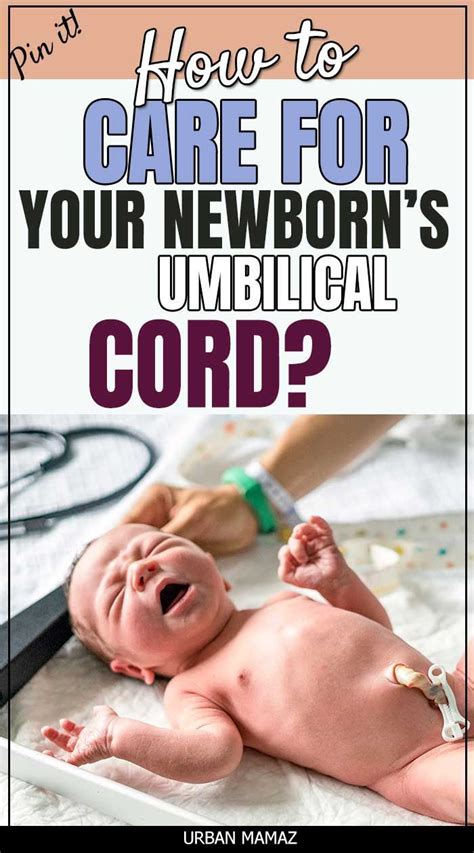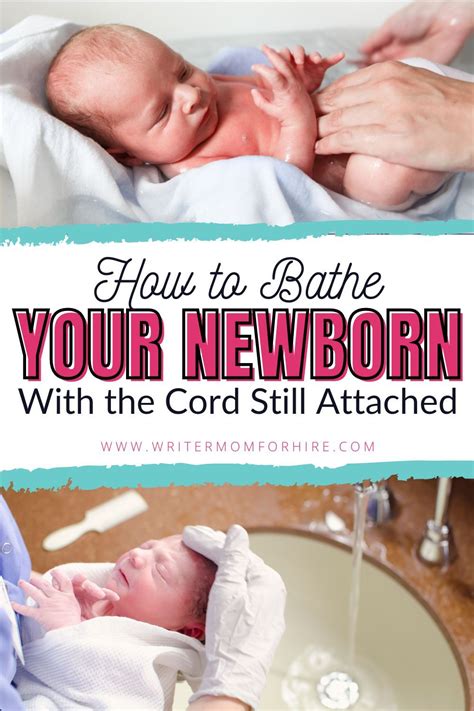Intro
Learn 5 essential tips for umbilical cord care, including infection prevention, drying techniques, and belly button hygiene to promote healthy newborn development and avoid umbilical cord complications.
Umbilical cord care is a crucial aspect of newborn care, as it plays a significant role in preventing infections and promoting healthy healing. The umbilical cord is the lifeline of the fetus during pregnancy, providing essential nutrients and oxygen. After birth, the cord is clamped and cut, leaving a small stump that requires proper care. In this article, we will delve into the importance of umbilical cord care and provide valuable tips for new parents.
Proper umbilical cord care is essential to prevent infections, such as omphalitis, which can be life-threatening if left untreated. Moreover, good cord care helps the stump to dry out and fall off quickly, reducing the risk of complications. New parents often have many questions about how to care for their baby's umbilical cord, and it's essential to follow the right guidelines to ensure the best possible outcome. With the right knowledge and techniques, parents can help their baby's umbilical cord heal quickly and prevent potential problems.
The first few weeks of a baby's life are critical, and umbilical cord care is just one aspect of the many responsibilities that come with caring for a newborn. As a new parent, it's natural to feel overwhelmed, but with the right guidance, you can navigate the challenges of caring for your baby's umbilical cord with confidence. In this article, we will provide you with five valuable tips for umbilical cord care, helping you to keep your baby healthy and happy.
Understanding Umbilical Cord Care

Benefits of Proper Umbilical Cord Care
Proper umbilical cord care has numerous benefits, including reducing the risk of infection, promoting healthy healing, and minimizing the risk of complications. When the cord is kept clean and dry, it creates an environment that is not conducive to bacterial growth, reducing the risk of infection. Additionally, proper cord care helps the stump to dry out and fall off quickly, which reduces the risk of complications, such as bleeding or discharge. By following the right guidelines for umbilical cord care, parents can help their baby's cord heal quickly and prevent potential problems.5 Tips for Umbilical Cord Care

Common Mistakes to Avoid
There are several common mistakes that parents make when caring for their baby's umbilical cord. These include: * Submerging the cord in water: This can introduce bacteria and increase the risk of infection. * Touching the cord: This can also introduce bacteria and increase the risk of infection. * Using harsh chemicals: Parents should avoid using harsh chemicals, such as hydrogen peroxide or iodine, to clean the cord. * Not monitoring for signs of infection: Parents should monitor the cord for signs of infection and seek medical attention if they notice any symptoms.Umbilical Cord Care and Bathing

How to Give a Sponge Bath
Giving a sponge bath is a simple and effective way to keep your baby clean while the umbilical cord is still intact. Here's a step-by-step guide: * Prepare a bowl of warm water and add a small amount of mild soap. * Dip a soft, clean cloth into the water and wring it out thoroughly. * Gently clean the baby's skin, avoiding the cord and surrounding area. * Use a clean, damp cloth to wipe away any soap or dirt. * Dry the baby thoroughly, paying extra attention to the cord and surrounding area.Umbilical Cord Care and Clothing

Benefits of Choosing the Right Clothing
Choosing the right clothing can have numerous benefits for umbilical cord care. By opting for loose, comfortable clothing, parents can help to: * Reduce the risk of infection: Loose clothing can help to keep the cord clean and dry, reducing the risk of infection. * Promote healthy healing: By allowing for good airflow, loose clothing can help the cord to dry out and fall off quickly. * Minimize discomfort: Loose clothing can help to minimize discomfort and irritation, making it easier for the baby to heal.Conclusion and Next Steps

We hope this article has provided you with valuable insights and tips for umbilical cord care. If you have any questions or comments, please don't hesitate to share them with us. We'd love to hear from you and help you navigate the challenges of caring for your newborn baby.
What is the best way to keep the umbilical cord clean and dry?
+Keep the cord clean and dry by avoiding submerging it in water and using sponge baths to keep the baby clean. Avoid touching the cord, and keep it exposed to air to help it dry out and fall off quickly.
How long does it take for the umbilical cord to fall off?
+The umbilical cord usually falls off within 1-3 weeks after birth. However, this can vary from baby to baby, and some cords may take longer to fall off.
What are the signs of infection in the umbilical cord?
+Signs of infection in the umbilical cord include redness, swelling, discharge, or a foul odor. If you notice any of these symptoms, seek medical attention immediately.
